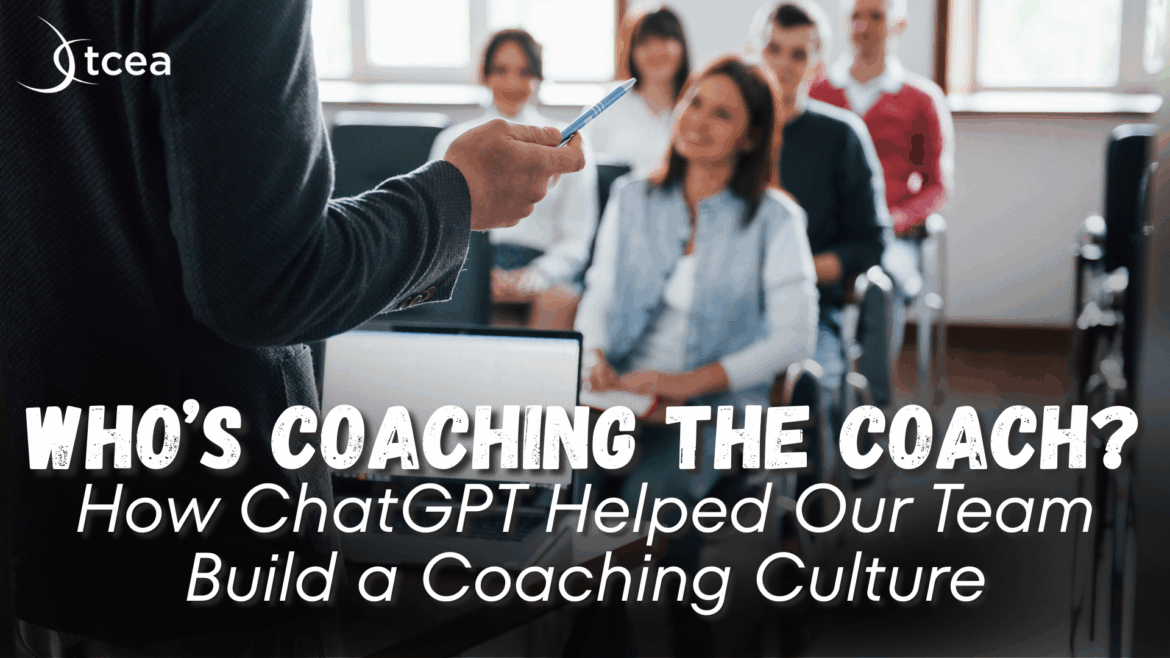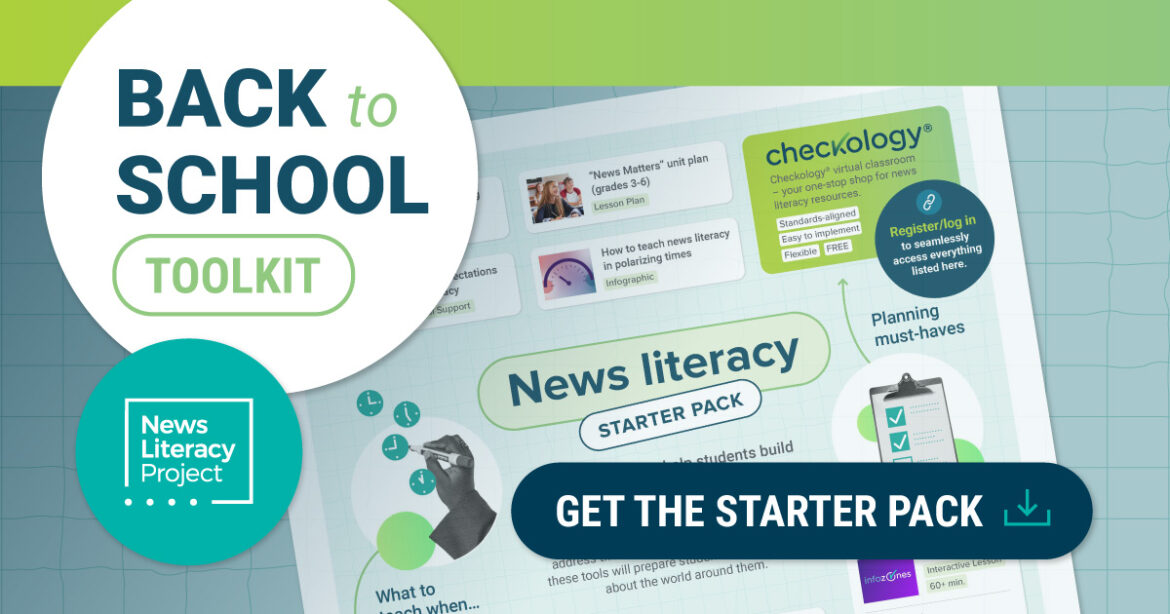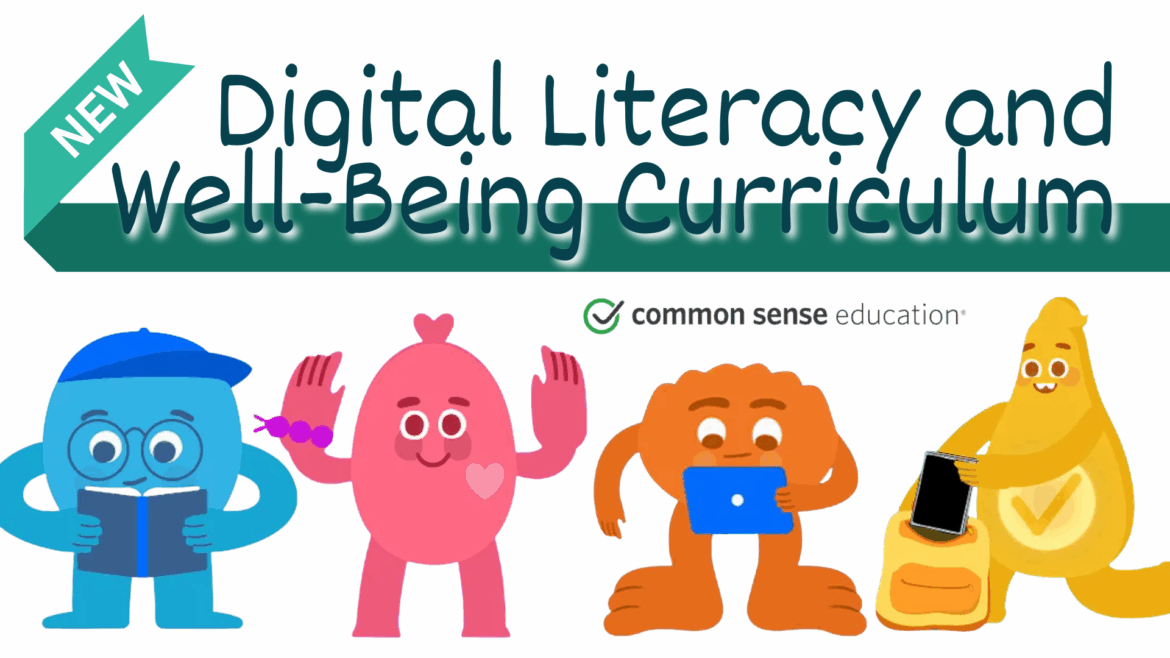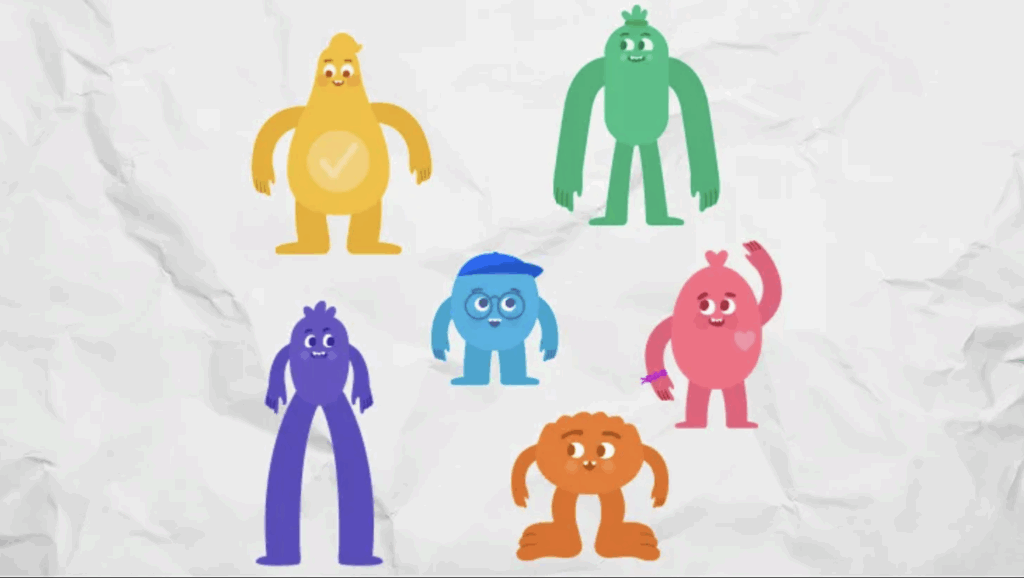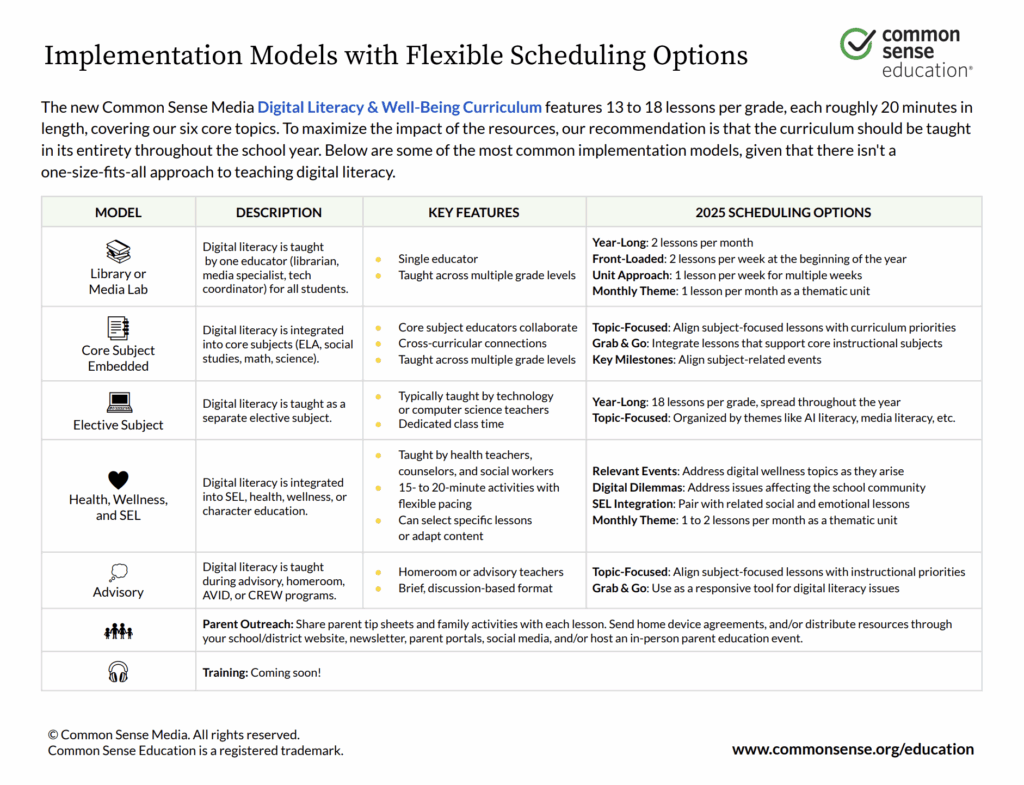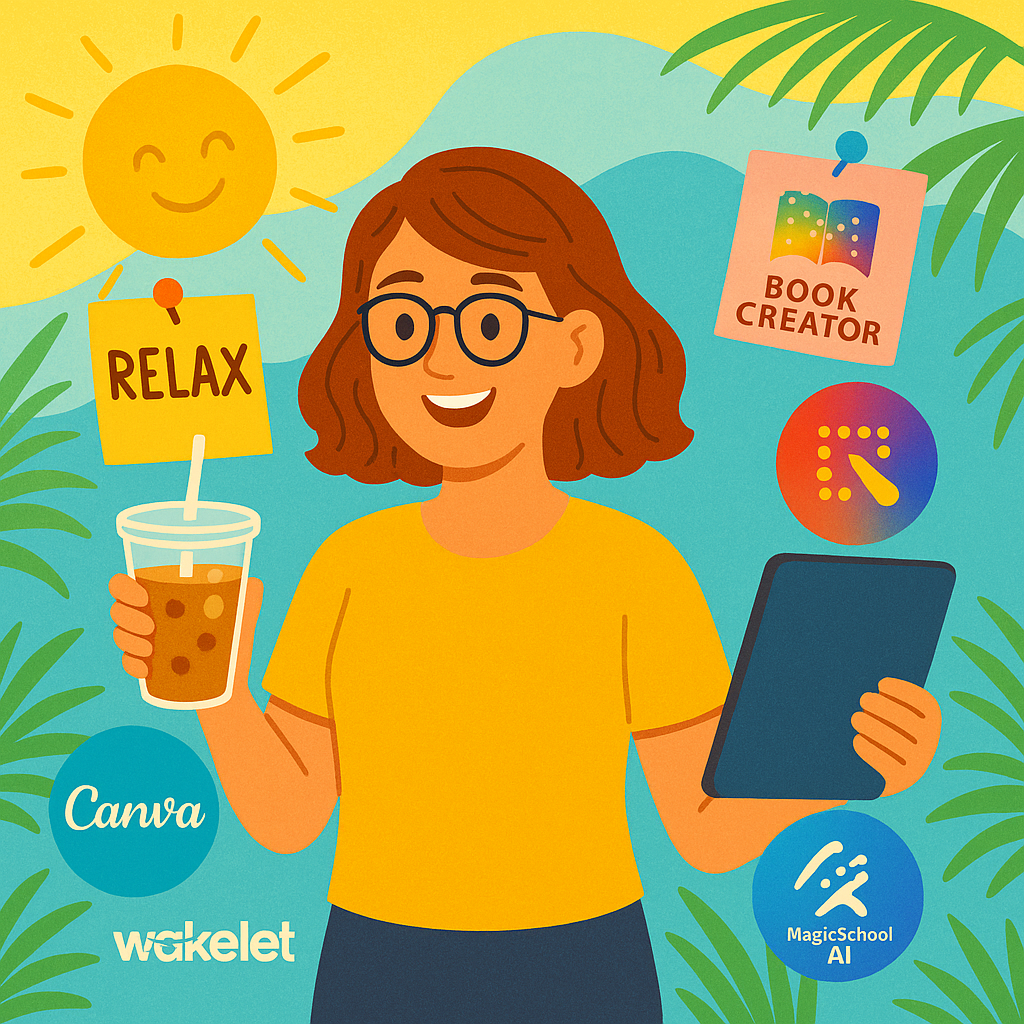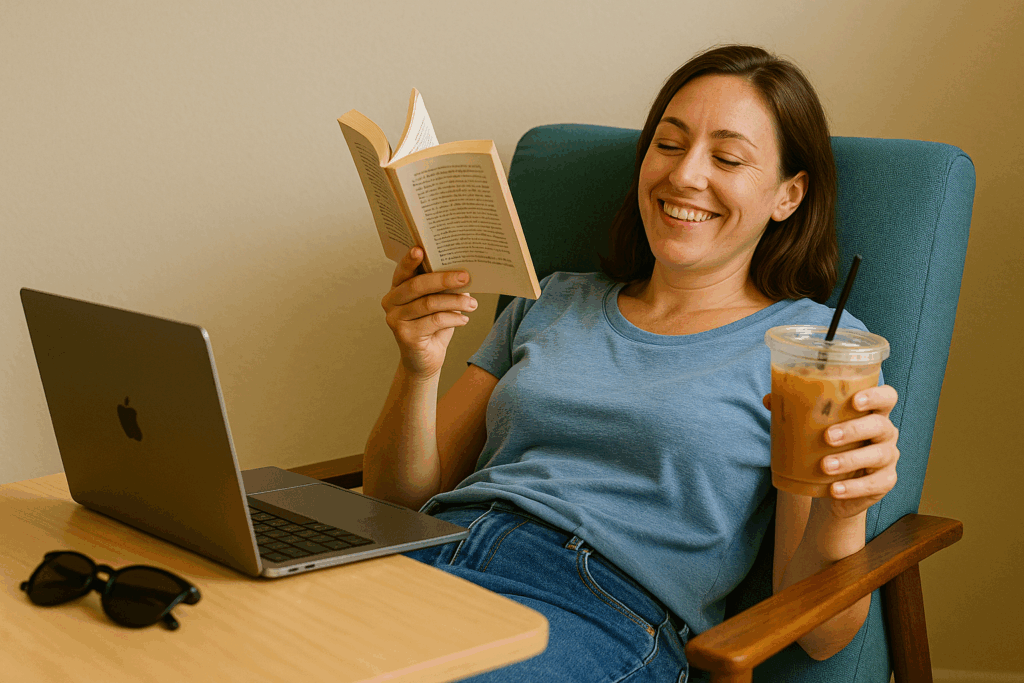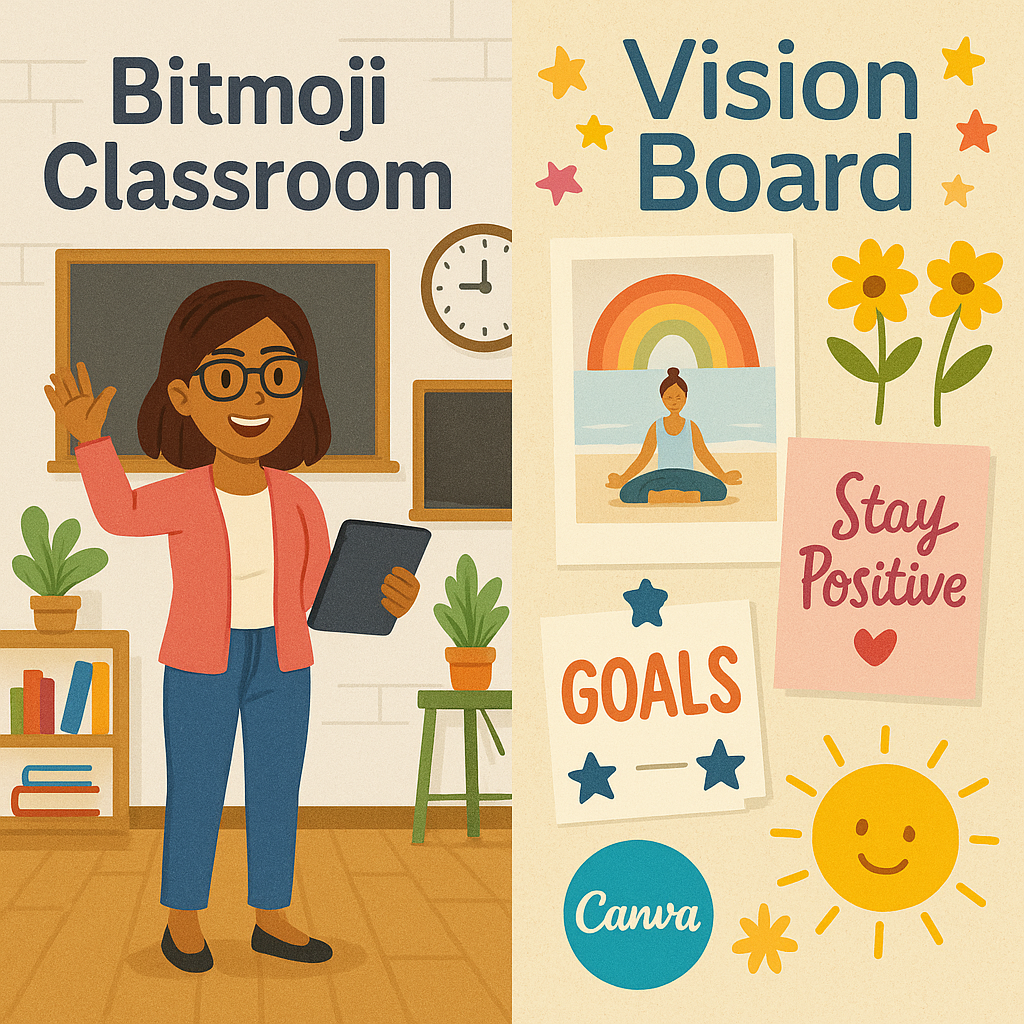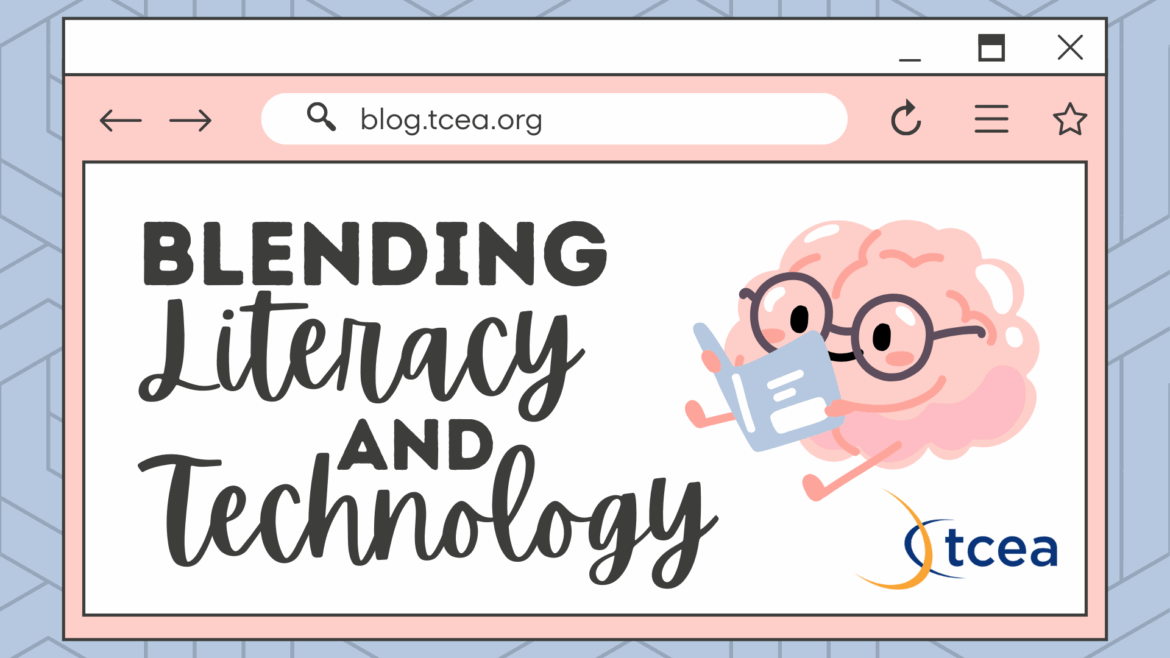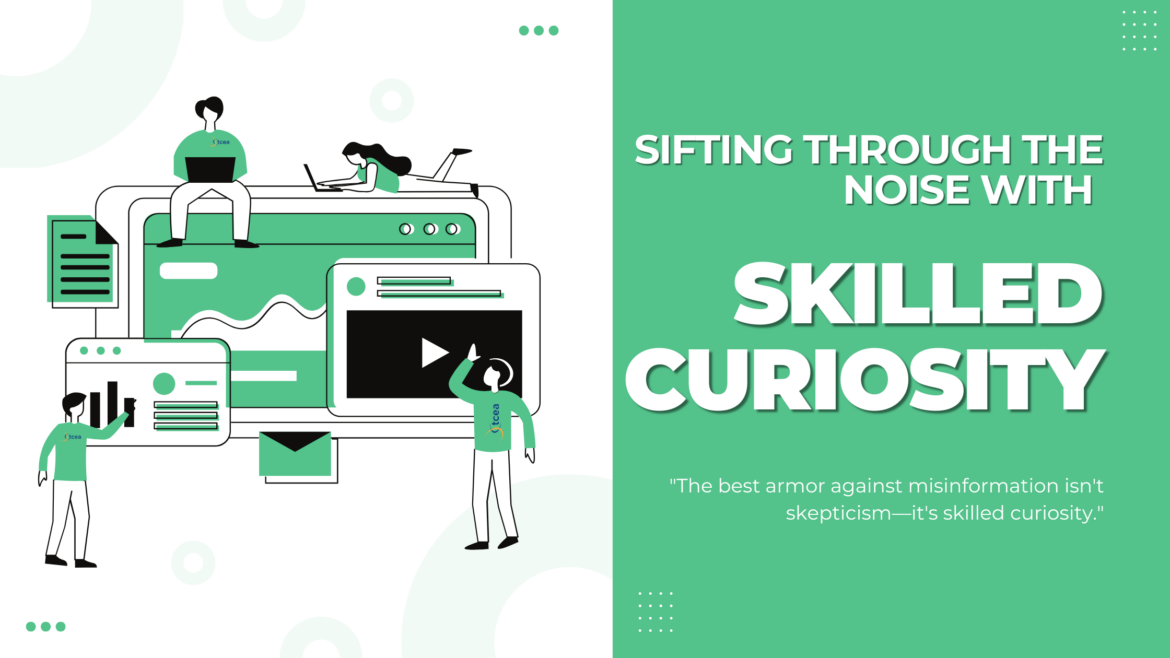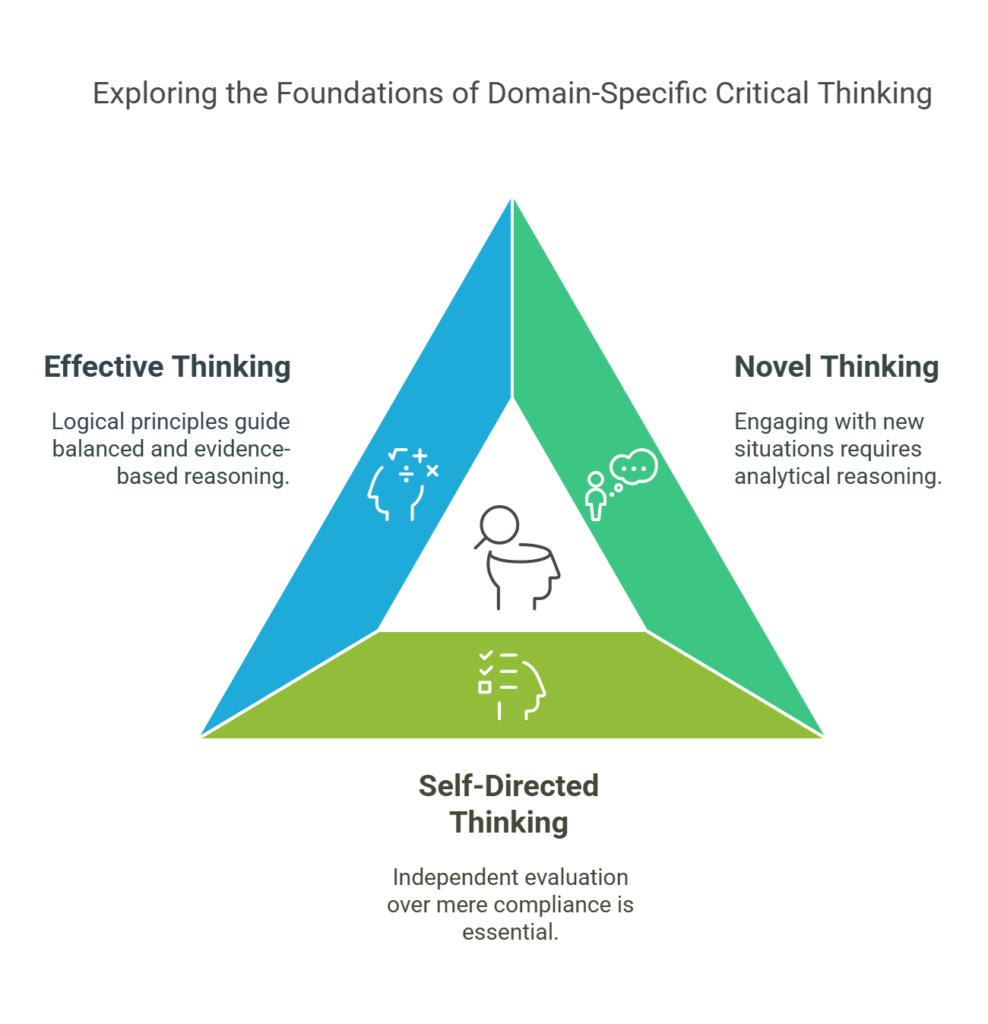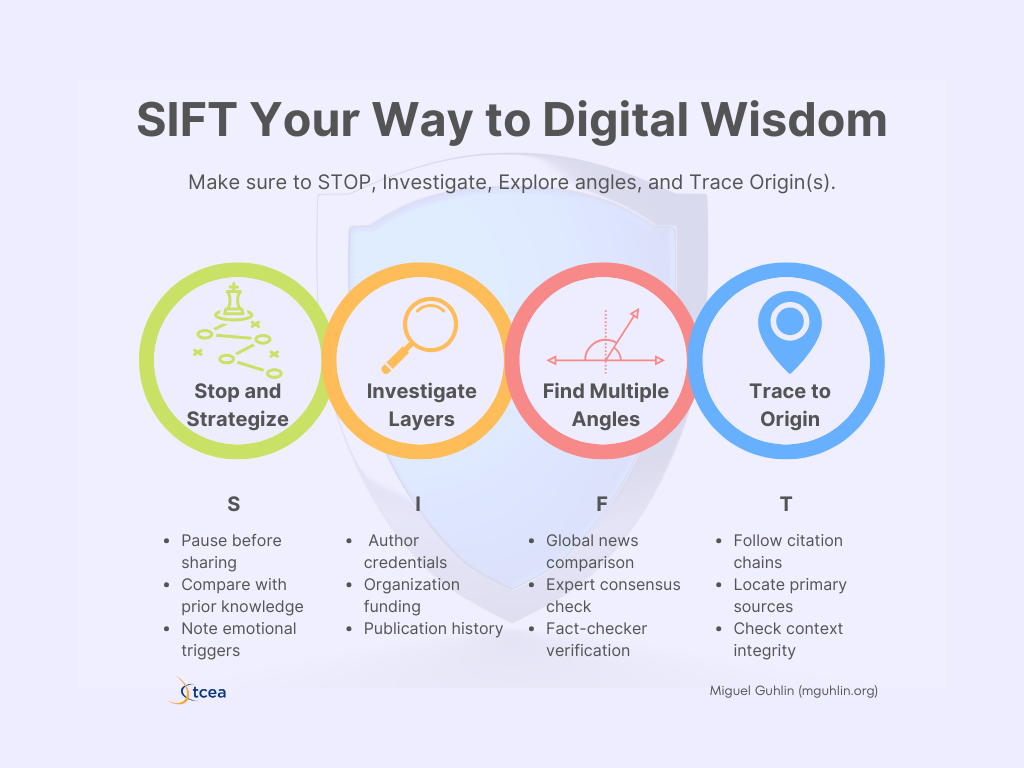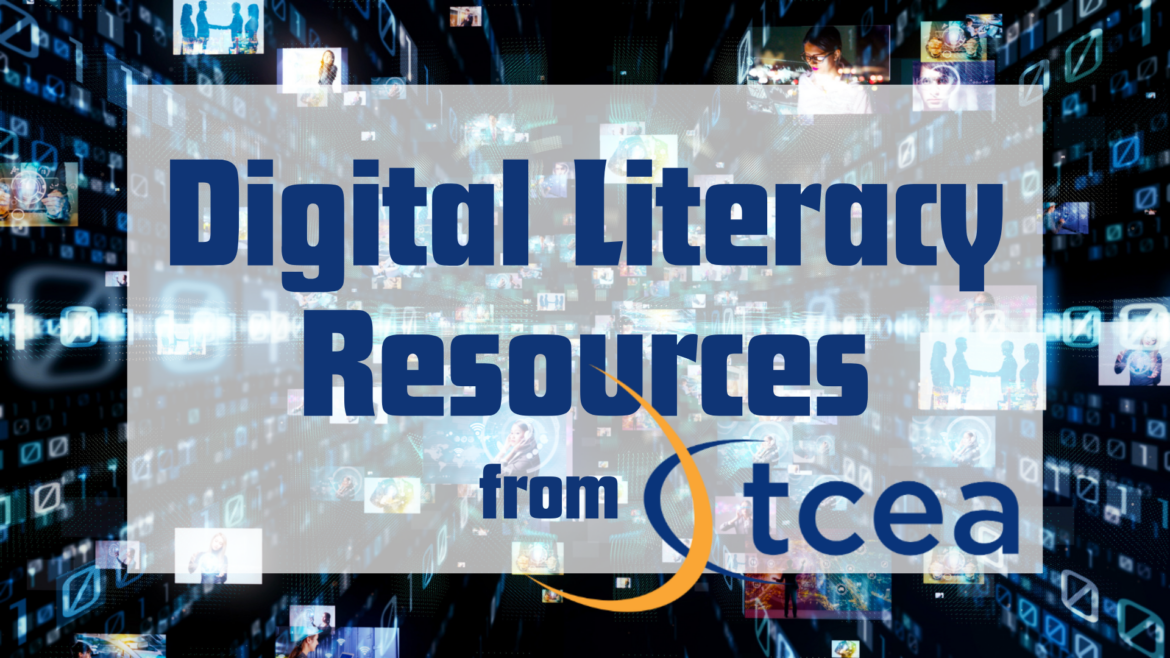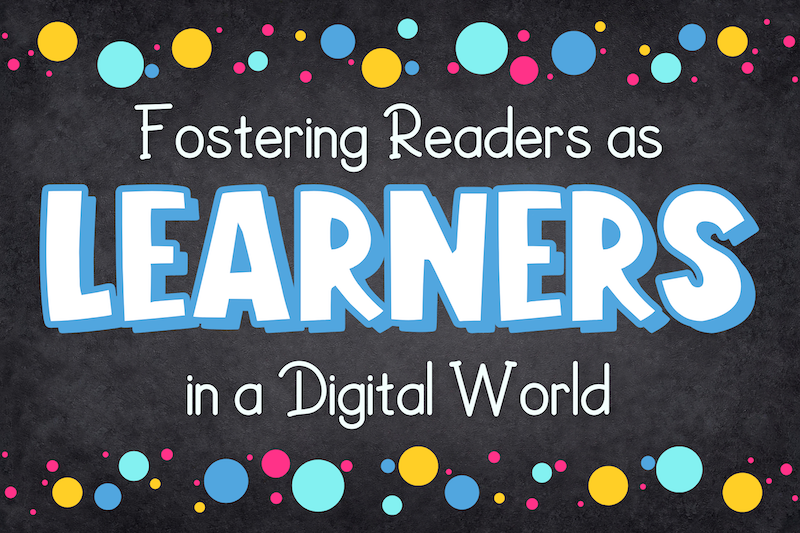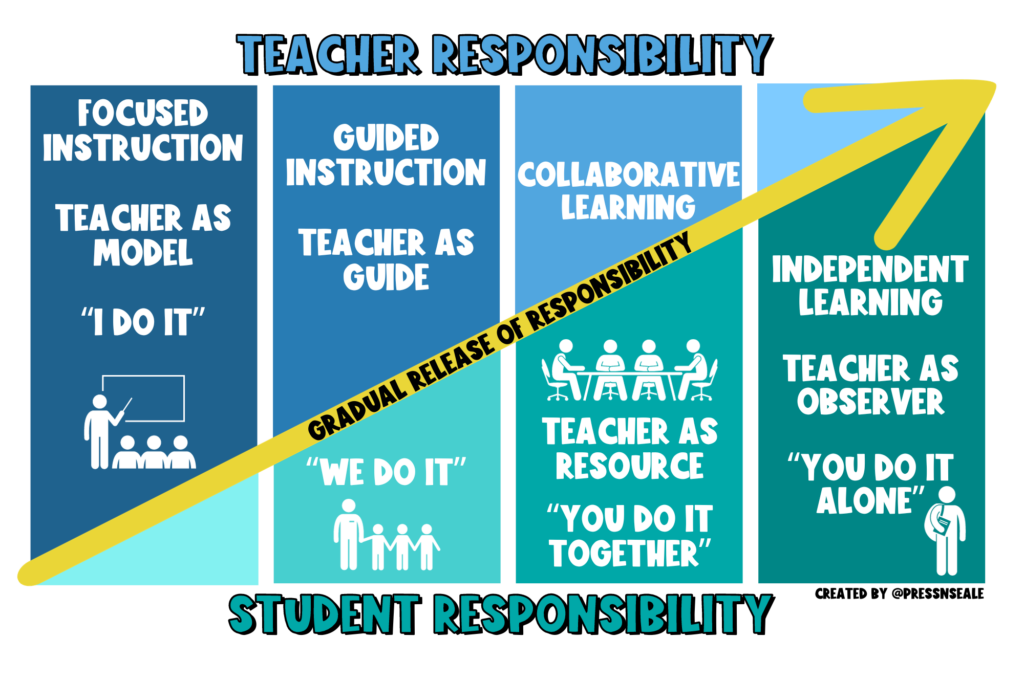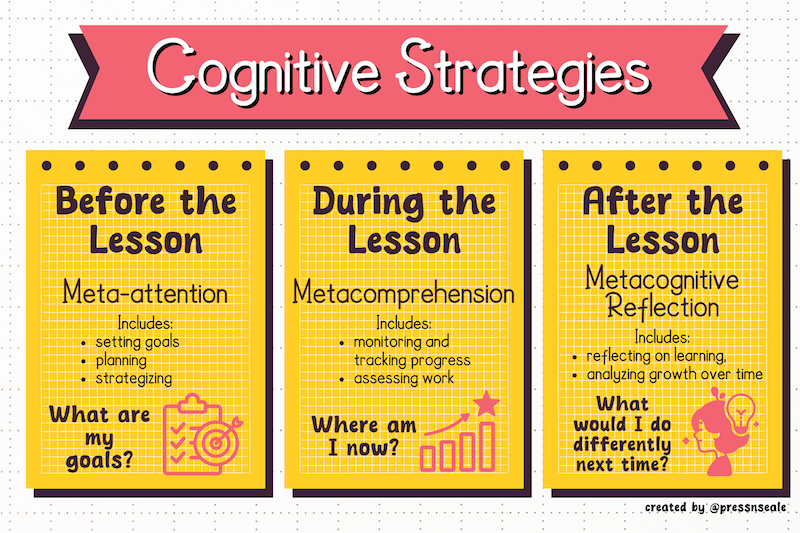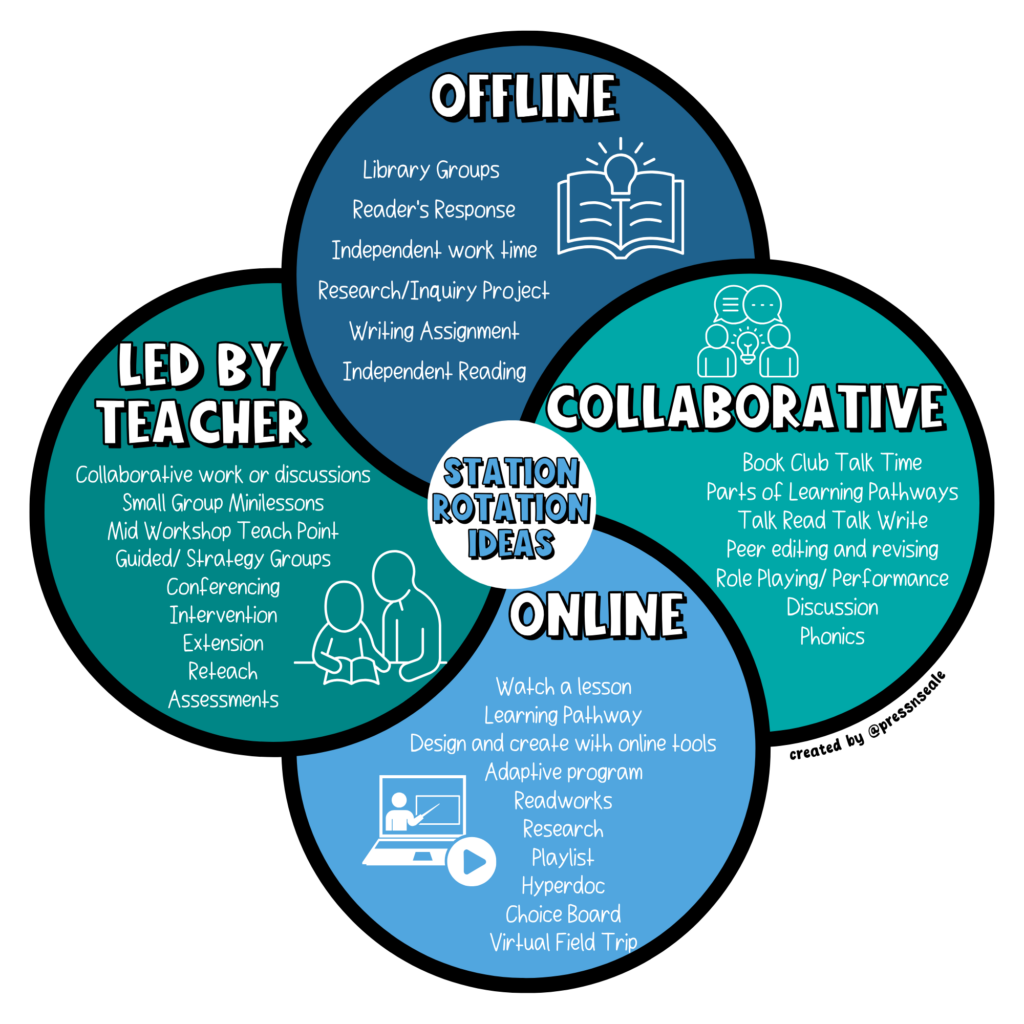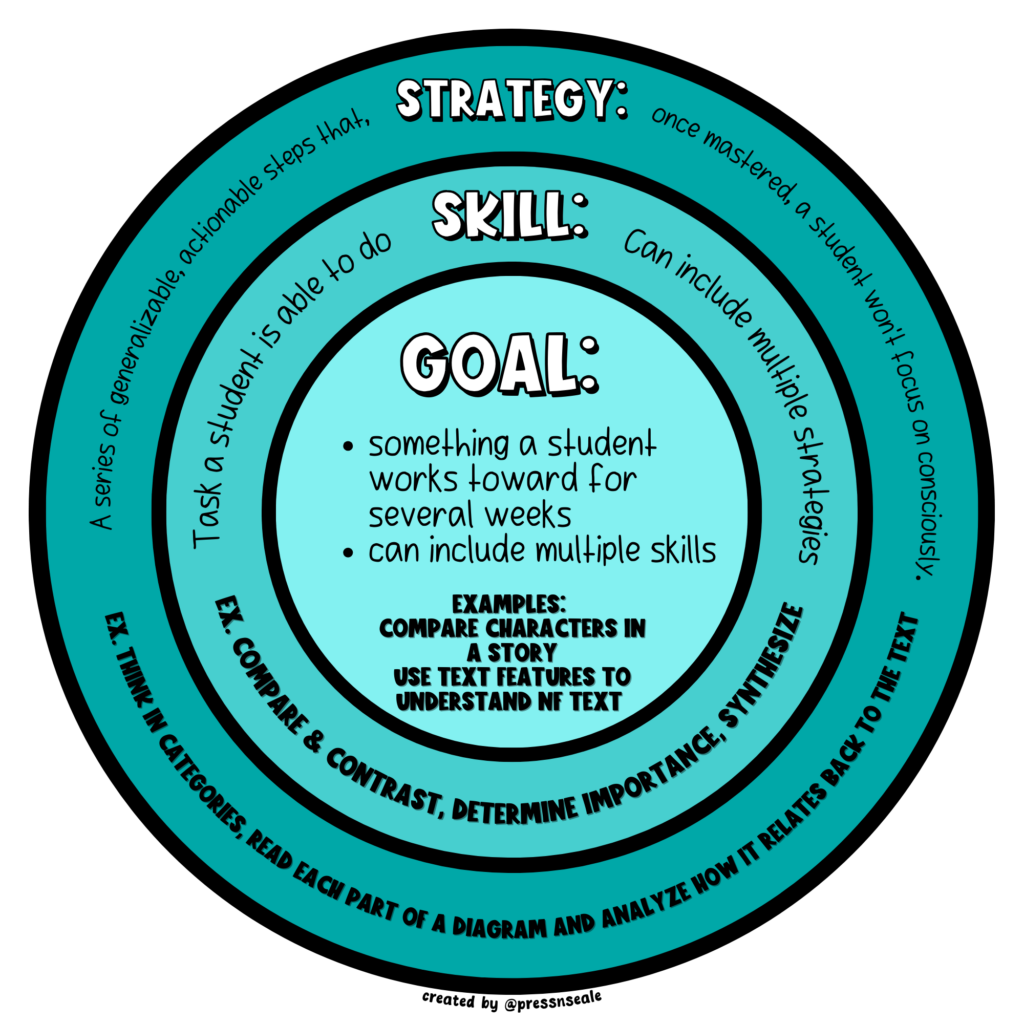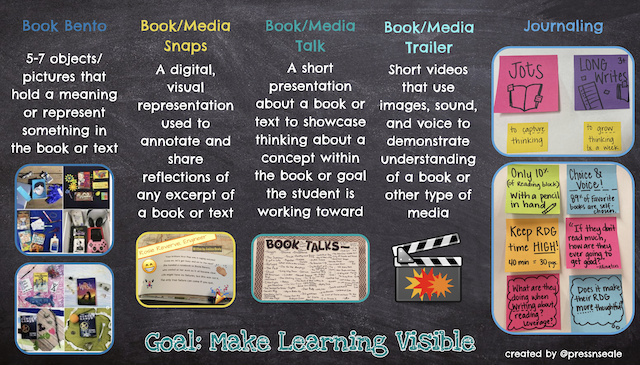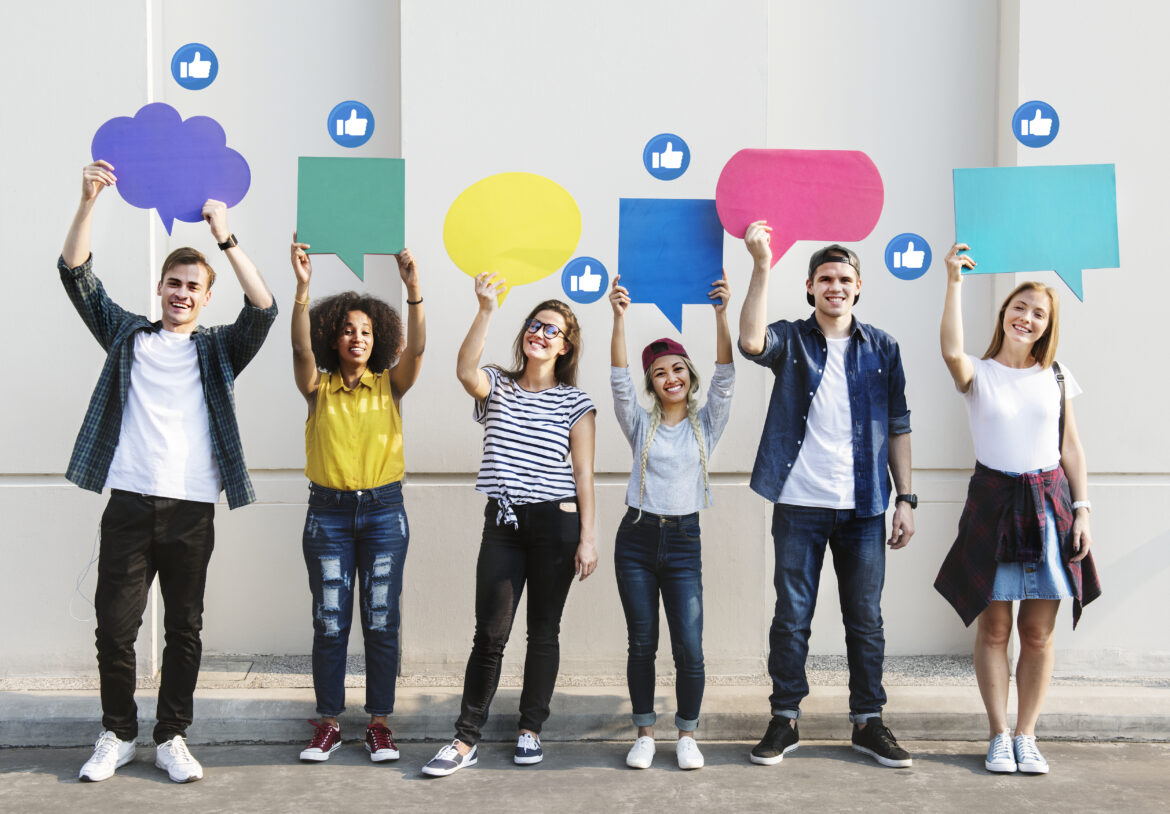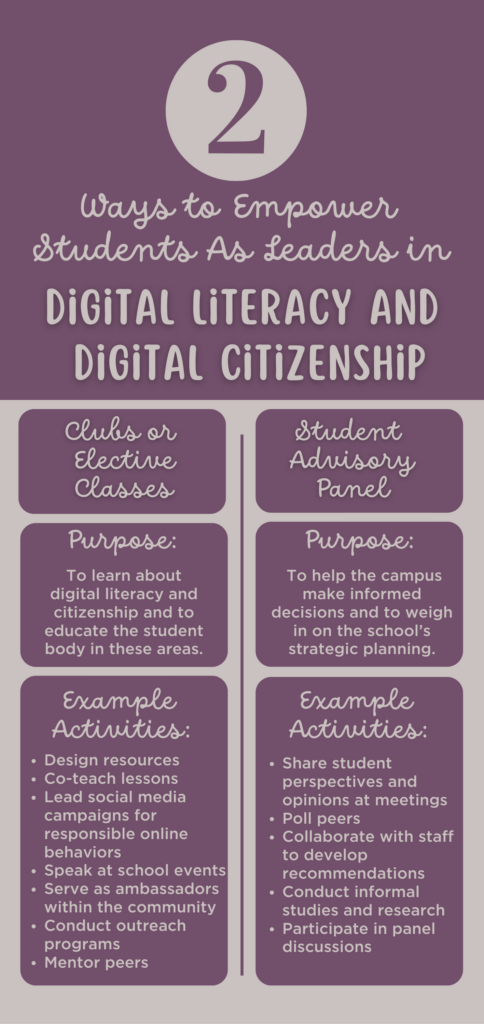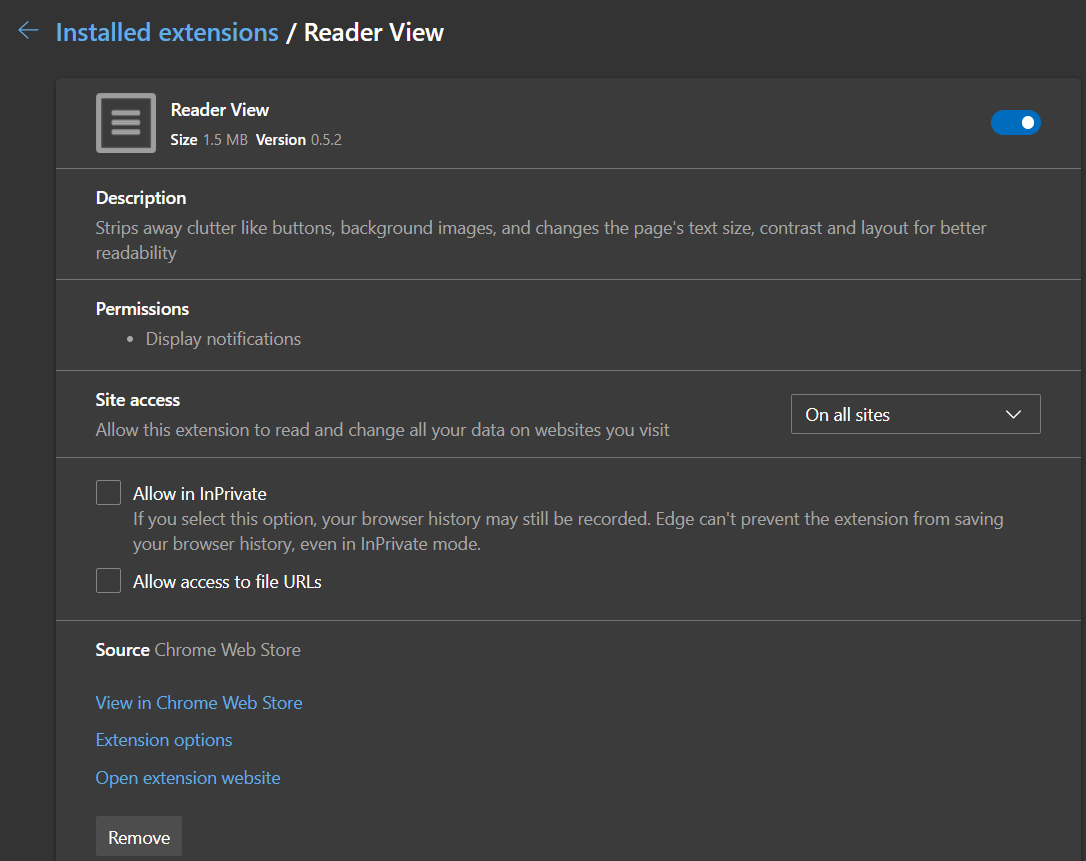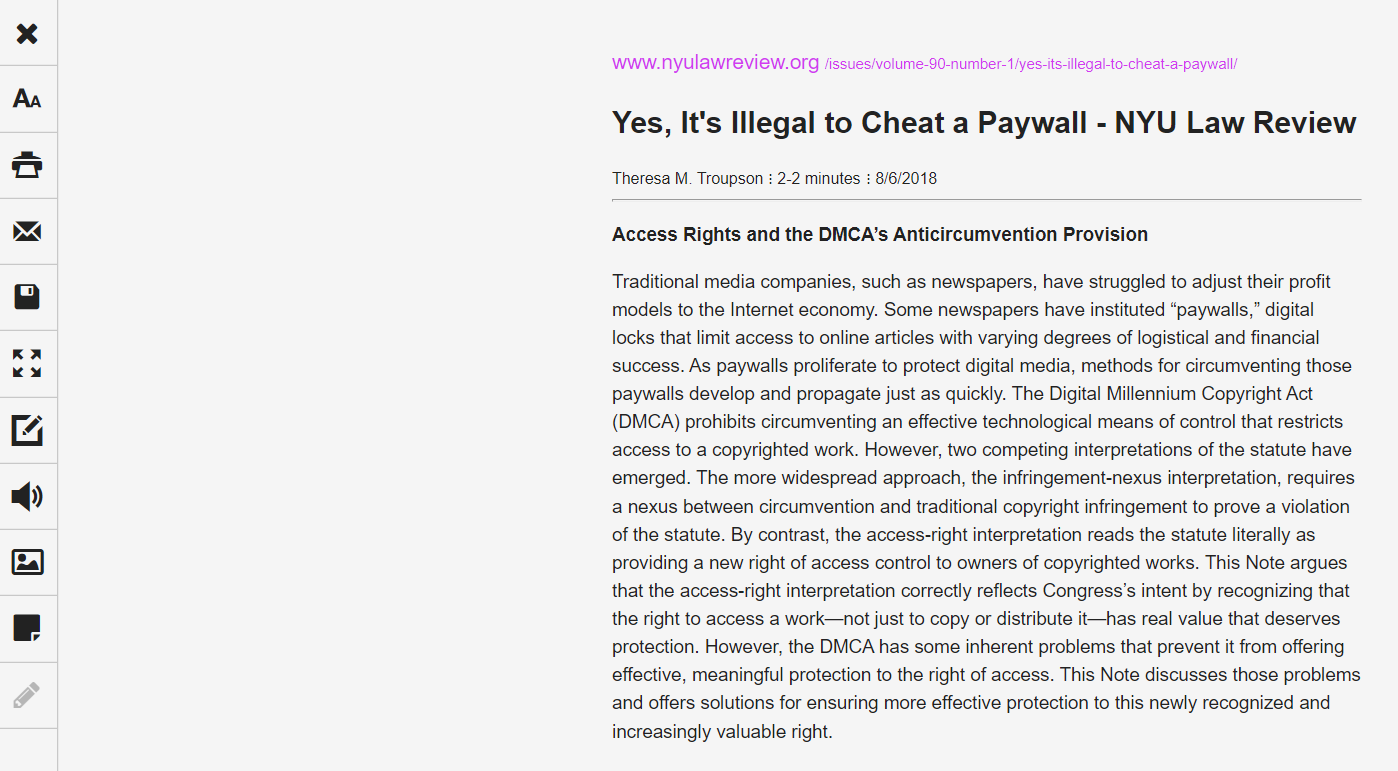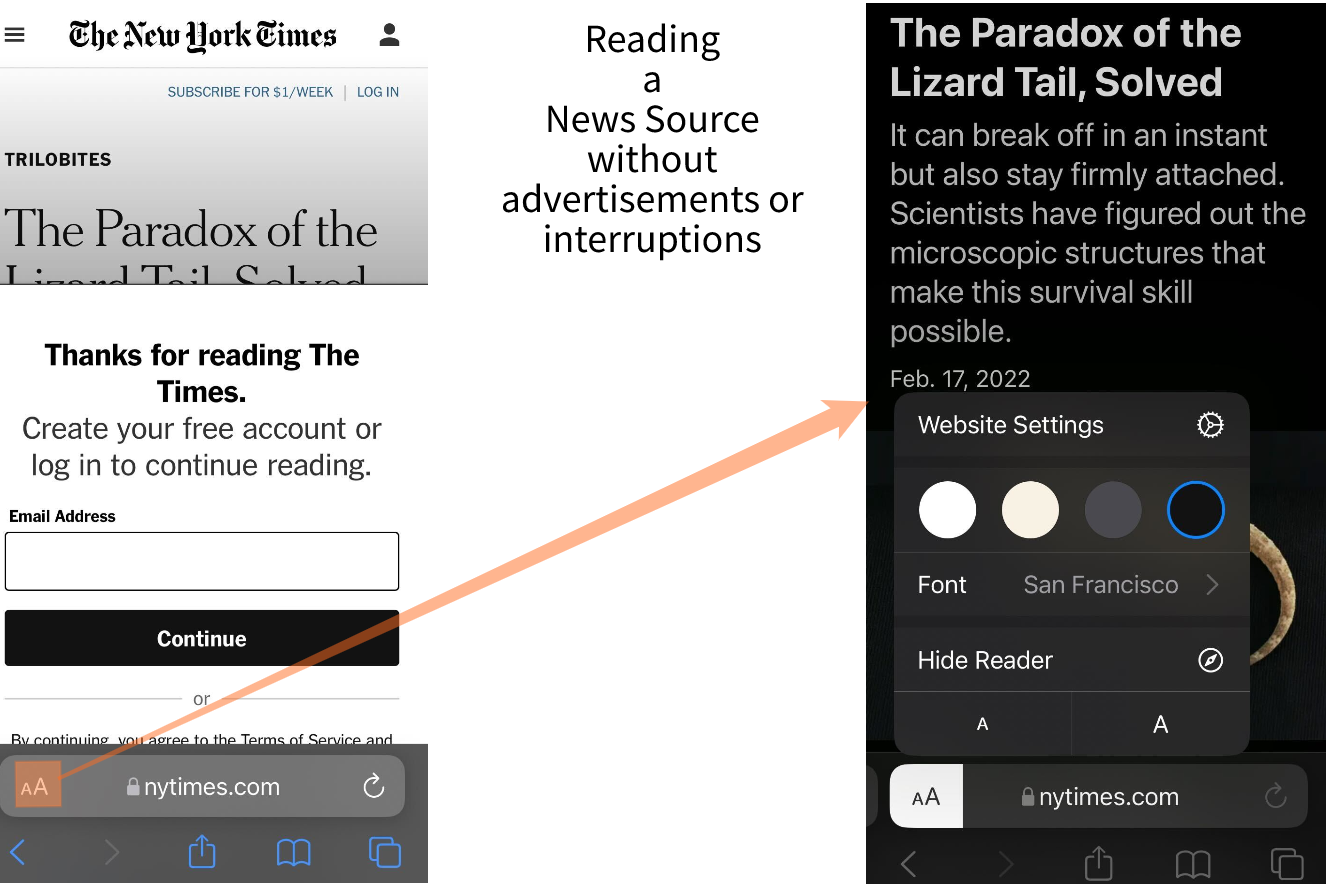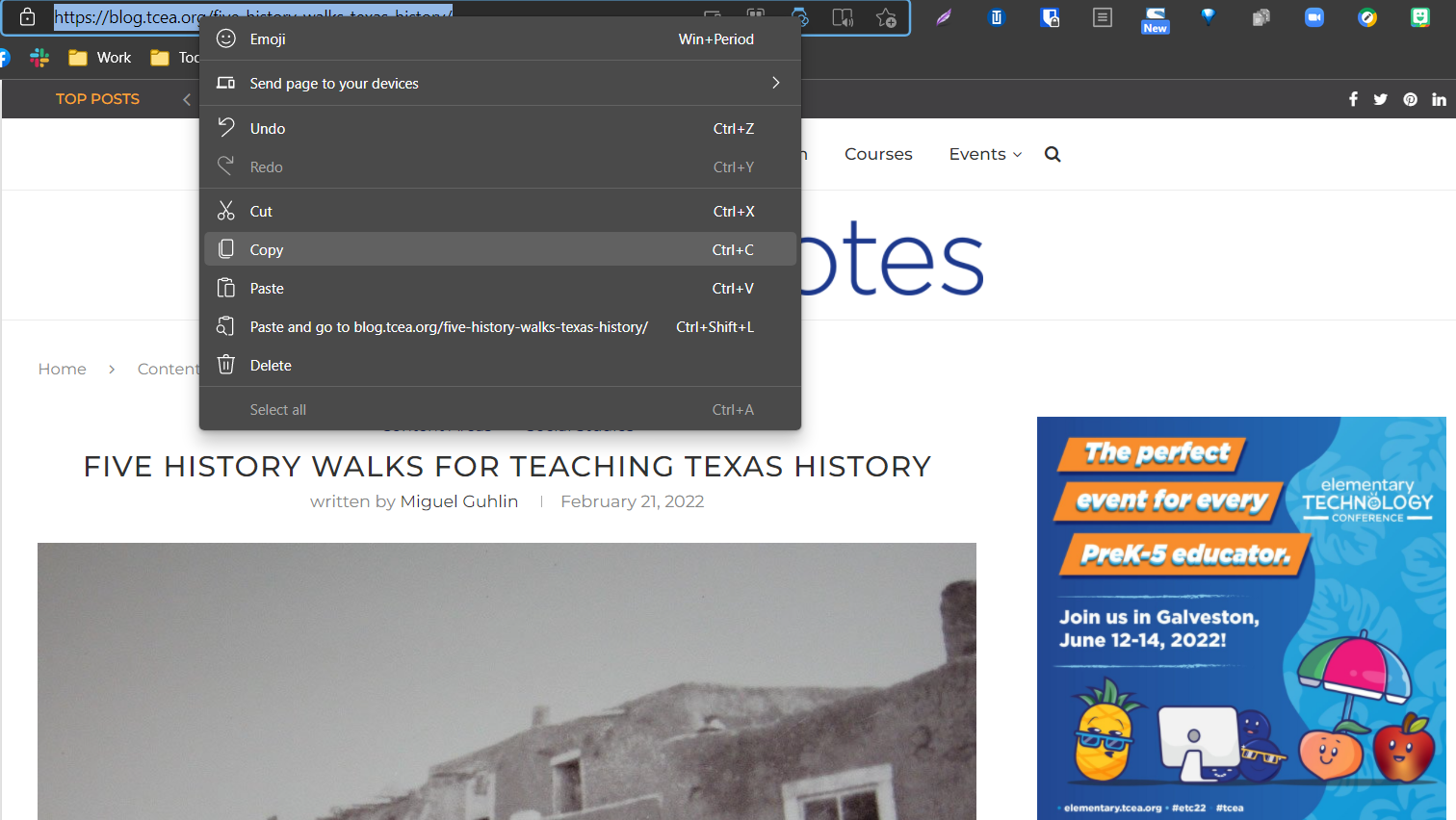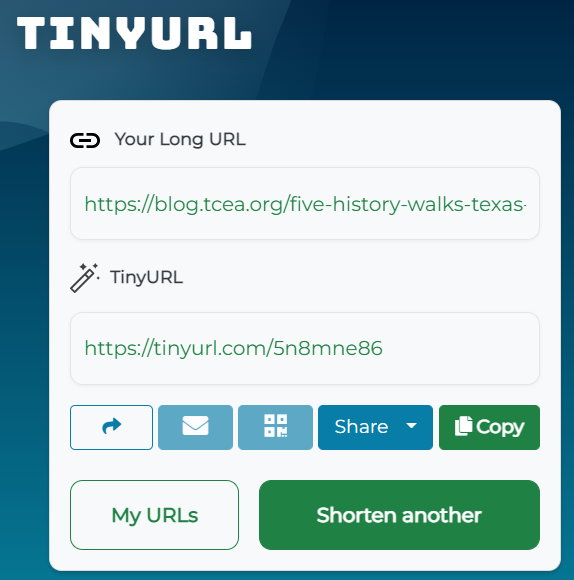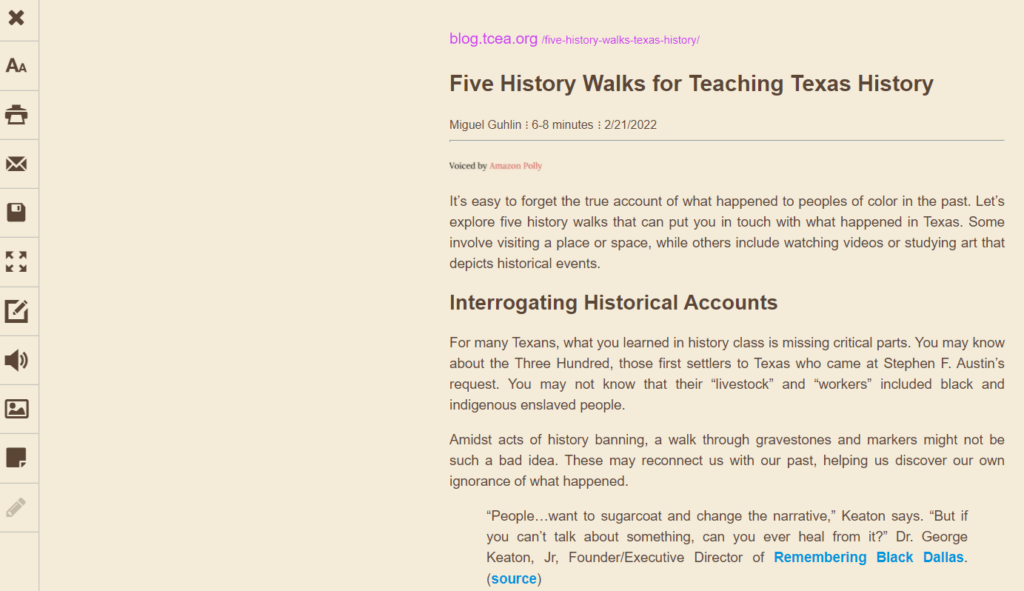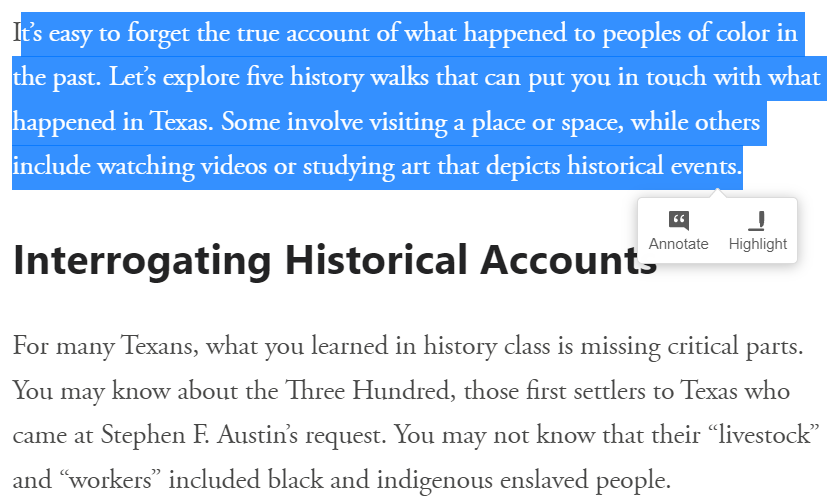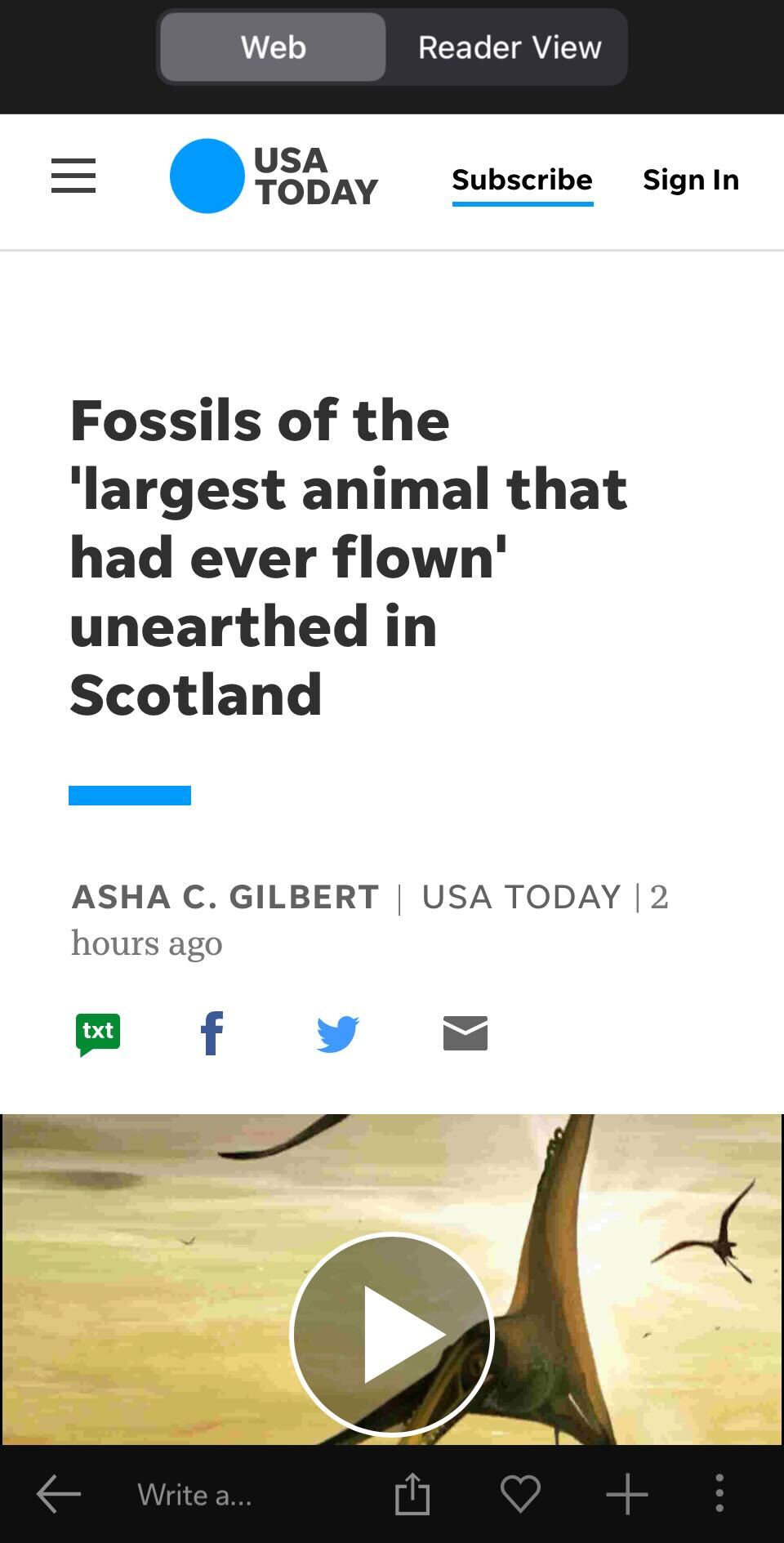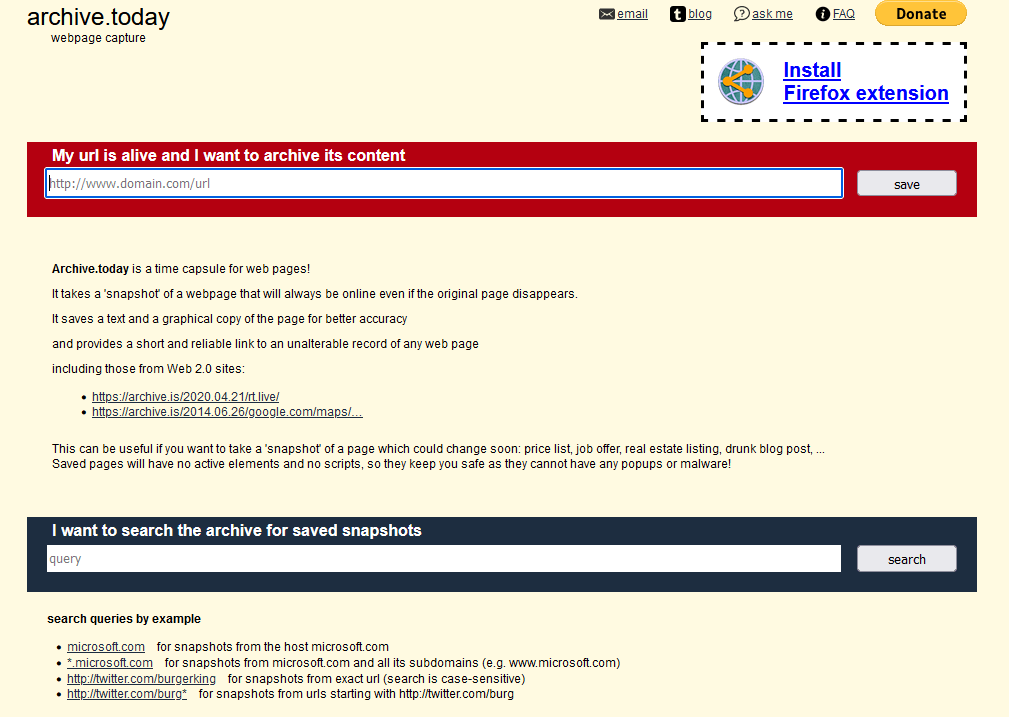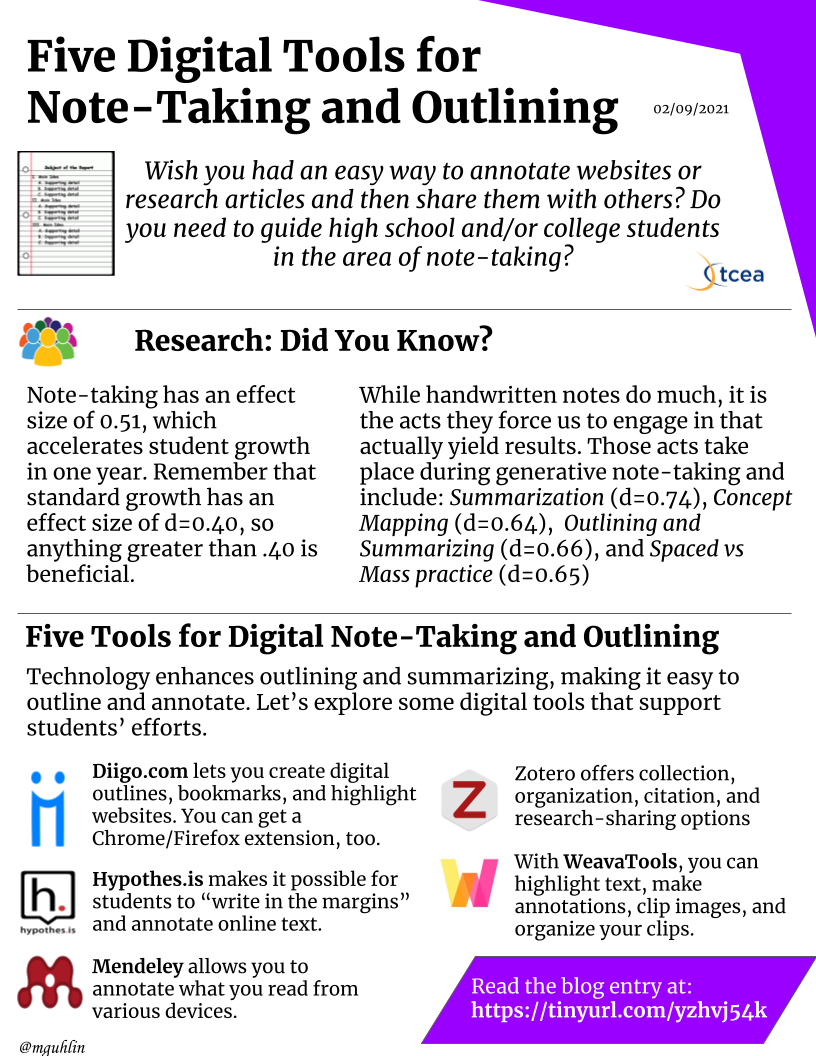When people ask how I use AI in my work as an instructional coach, they usually expect me to talk about things like saving time on emails, writing blurbs, or making PD agendas. And yes, we’ll start there. But the reality is that AI has helped our team lead, reflect, and connect with teachers while helping our campus grow into a true coaching culture.
A Little About Me
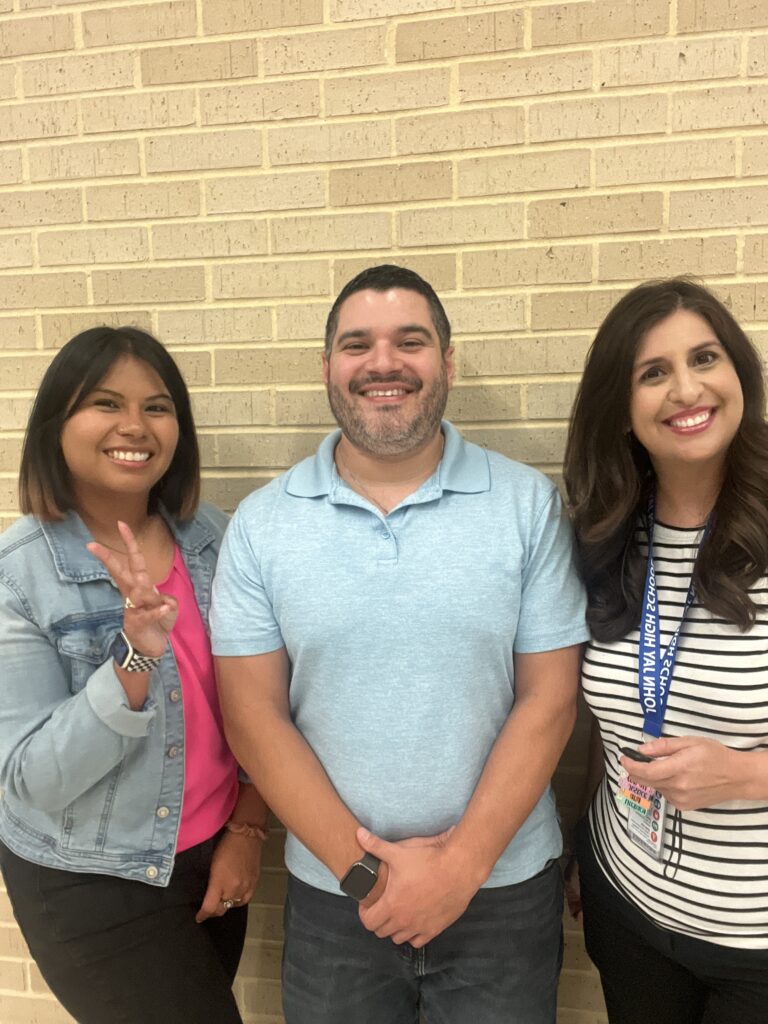
I’ve been an instructional coach for five years in one of the largest districts in Texas. I started as an Academic Technology Coach, supporting three high school campuses and their magnet programs. That meant three sets of teachers, three calendars, and three totally different cultures, plus a lot of drive time.
Today, I’m lucky to call one of those campuses home serving as their full time a content-agnostic instructional coach alongside two others. When our team was created, we were all coming from different backgrounds: one had a data-driven focus and was based in ELA, one was brand-new to coaching, and both were still in the classroom teaching part-time. We were building something entirely from scratch.
Those first few months were messy, exciting, and overwhelming. I loved the work, but I often felt like I was running a marathon while building the track beneath me. That’s when I started leaning on ChatGPT, not to replace my ideas, but to catch them before they slipped through the cracks.
The Obvious: Lightening the Load
Let’s start with the practical stuff: the never-ending to-do list. Coaching can feel like juggling a dozen priorities at once. Designing PD, admin support, writing recap emails, updating social posts, taking PLC notes, and trying to stay visible on campus all take precious time and energy.
At first, I used ChatGPT for the obvious things, like writing time-saving drafts. I could type, “Write a short, friendly PD invitation about student engagement using the Fundamental Five,” and it would generate a warm, professional message in seconds. I’d tweak it to sound like me, but it meant I wasn’t spending 20 minutes searching for the right words.
Then I started using it for bigger things, like drafting a coaching newsletter blurb, writing social media captions for our Mustang University highlights, and coming up with session titles that actually made teachers smile (“Nacho Average Coach Café,” anyone?).
AI didn’t replace my creativity—it just cleared the clutter so I could spend more time in classrooms and less time buried in Google Docs. As our coaching team got its rhythm, we wanted to make our work more visible and inviting. We wanted coaching not to feel like something that happens to teachers, but like something they’re a part of.
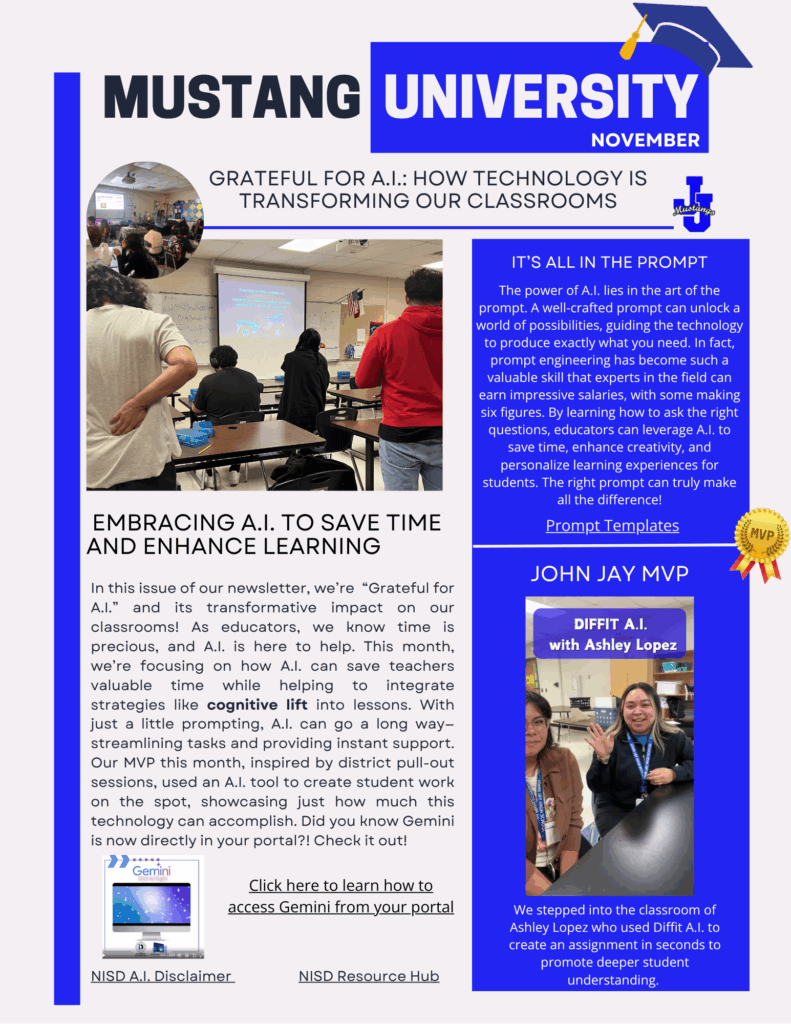
Every flyer, post, and blurb was rooted in one message: Coaching is here to support you. And because ChatGPT helped generate ideas and streamline the language, we could focus on building the relationships behind the branding.
The Practical: Planning With Teachers
The real magic happened when I started using AI with teachers, not just for my own work.
In Social Studies, a PLC I support wanted quick warm-ups to connect content to current events. Instead of spending an hour brainstorming, we asked ChatGPT for “five short bell-ringer prompts that connect economic principles to real-world issues.” The group instantly had options that sparked discussion and saved them prep time. Teachers began to see AI as a collaborator, not a shortcut. They’d say things like, “Let’s see what ChatGPT thinks,” or “Can you help me write a prompt for this?” The energy shifted from compliance to curiosity.
We even started to introduce AI to students! I had the opportunity to partner with an ELA teacher who wanted students to give peer feedback on essays. We used the time to reflect on the meaning of feedback AND appropriate use of A.I. in the classroom and beyond. We were able to use Canva Magic Write to generate sentence stems that matched her rubric language phrases like “One strength I noticed in your argument is…” and “You could strengthen your point by…” That small change raised the level of student conversation immediately. BUT it also sparked great conversation around how we use AI appropriately and critically.
That’s what culture change looks like: teachers starting to invite innovation into the conversation.
The Unexpected: Coaching the Coach
About mid year I hit a wall. I was in a slump where it felt like nothing I was doing was making a difference. Then one day, I had a thought. Who is helping me to reflect as a coach? Who knows enough context of what I am facing every day to really give me some feedback. Then came the surprise: realizing AI could help me grow as a leader.
Coaching can be lonely. We’re the ones giving feedback and asking reflective questions, but who’s there to do that for us? I began using ChatGPT to unpack my own moments of tension or uncertainty.
If a coaching conversation didn’t go well, I’d type something like, “A teacher became defensive when I suggested trying a different strategy. What could I have said differently?” The response often surfaced a new lens I hadn’t considered.
I also started using it to explore my leadership identity. I’d ask, “Based on these traits, what leadership style do I lean toward, and what blind spots should I watch for?” The reflections weren’t perfect, but they gave me language for the self-coaching that keeps me grounded and growing.
It’s not just about saving time anymore, it’s about becoming more intentional. ChatGPT became part journal, part mirror, part reminder that the best coaches are always learning, too.
What AI Can’t Do
As powerful as ChatGPT has been, it will never replace the real-time adaptability that makes coaching human.
AI can help me write an agenda, but it can’t read the body language of a teacher who’s had a rough morning. It can suggest feedback questions, but it can’t sense when to pause mid-observation because the room just shifted. Coaching is built on presence and the ability to notice, adjust, and respond in the moment.
Those minute-to-minute decisions like when to affirm, when to challenge, when to stay quiet, those require empathy and intuition. No prompt can replicate that.
For me, AI isn’t the coach; it’s the assistant. It organizes the chaos so I can walk into a classroom with my full attention on the people in it. That’s the real work, the heartbeat of instructional coaching. When the behind-the-scenes work gets lighter, I get to show up more fully for teachers. And that’s what every great coaching culture is built on, presence, purpose, and a willingness to grow together. If you would like to hear from one of the greats, check out the article by Jim Knight called Is AI Going to Replace Coaching.
Three Prompts to Get You Started
If you’re curious where to start, here are three simple prompts from my ChatGPT Prompts for Instructional Coaches resource (linked below):
- “Write a short, friendly email inviting teachers to a professional learning session about [topic], in a tone that feels casual but professional.”
- “Suggest three PLC discussion protocols that promote collaboration and reflection.”
- “You are a [insert content and level] instructional coach. I had this coaching interaction: [briefly describe]. Suggest what I might have done differently and why.”

